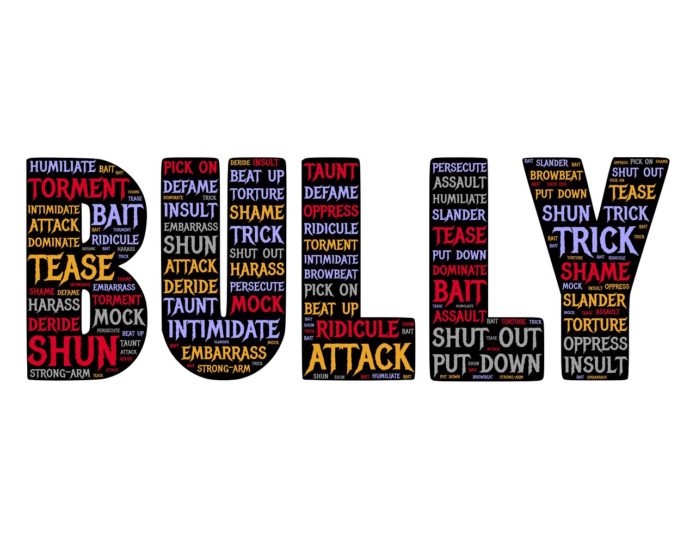Here are just some examples of what peer pressure relating to bullying behaviors can look like: Trash talking or putting someone down Making it known that you and your group are better than someone else or another group Purposefully excluding someone Encouraging someone to “retweet” or “repost” a picture or message that they know they shouldn’t. Peer Pressure can often times stop someone from having the courage to intervene in a situation they know isn’t right. Students put a lot of value on making, keeping and maintain friends for their social status and if there was a chance that their friend would think less of them for going against them, then they most likely will keep their thoughts to themselves.
Other reasons why students may be unwilling to speak up to friends include: (Student Responses)
“Their friends know their secrets and if you go against your friend, they might tell someone your secret you didn’t want anyone else to know.”
“Your friend might start bullying or doing the mean things to you.”
“They wouldn’t want to be your friend anymore and you could lose them and other friends in the process.”
So, what can you do to help encourage students that they should speak up if someone is being treated unfairly, even if the person doing it is their friend? Encourage them to be an Upstander, not a bystander- A Upstander is someone who stands up for their beliefs. A person who does what they think is right, even if they are alone. A person who is the opposite of a bystander!
Discuss how being a bystander allows the behavior to continue. Encourage them to put themselves in someone else’s shoes- If people were doing those things to you, how do you think you would feel? Use open ended questions to encourage students to reflect on how they think someone else might be feeling.


